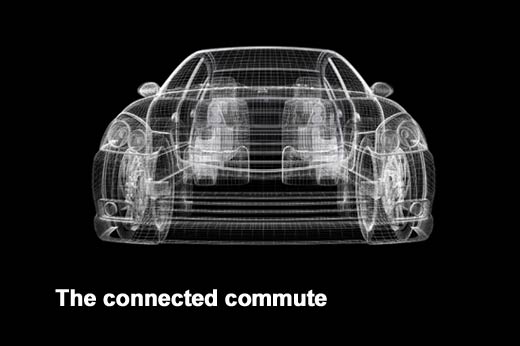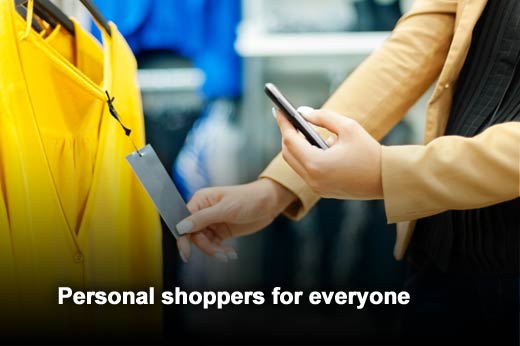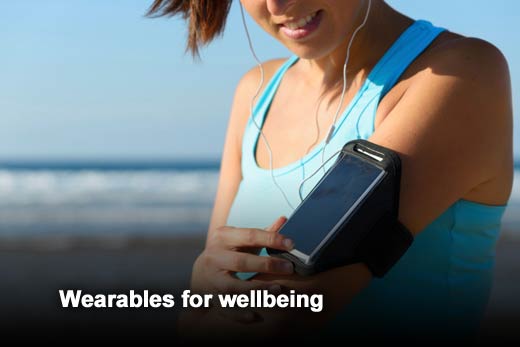These days, staying connected is not just a nice perk – it’s expected. It’s no surprise, then, that the global market for connected devices allowing users Internet access is set to surpass six billion units this year – up 6 percent from 2013.
With new systematic advancements, businesses – across sectors spanning consumer electronics, retail and automotive – are able to offer users a more seamless experience, letting them get access to desired content when, where, and how they want.
So what will this mean for the day-to-day lives of today’s mobile users? In this slideshow, Sanjay Dhawan, CEO, Symphony Teleca Corporation, outlines how connected devices will disrupt traditional daily activities, starting with morning commutes and ending with late-night hangouts in front of the TV.
Click through for ways that mobility is affecting our daily activities, as identified by Sanjay Dhawan, CEO, Symphony Teleca Corporation.
The connected commute
With cloud-based vehicle relationship management (VRM) solutions, OEMs can secure full remote management of vehicle software including updates, status and configuration management, inventory management, reporting and analytics. This enables personalized software configuration per vehicle, covering software and firmware enhancements for in-vehicle-infotainment features as well as audio, video, maps, media player, applications and more.
This means that within the next few years, consumers will be able do things like determine the most efficient driving routes, pinpoint ideal rest stops, and track other road-trippers, while sharing road trip milestones, photos and messages via social channels. The connected car will also enable a safer driving experience – identifying other cars on the road and alerting drivers of potentially dangerous situations on their routes.
The personal business meeting
With the continued rise of connected devices – and specifically wearable technology – in the office, workers will soon experience a conference room reminiscent of one from decades past. By being able to consume and share information via wearable devices, they will no longer have laptops serving as physical barriers between meeting participants, and can instead engage with co-workers and clients on a more personal level (making eye contact and demonstrating hand gestures), all while staying connected.
Personal shoppers for everyone
In recognition of the fact that more than 84 percent of shoppers use phones to make in-store buying decisions, businesses are increasingly harnessing fast-evolving location technologies like NFC and iBeacons, plus advanced real-time analytics, to eliminate the boundaries between digital and physical worlds. By leveraging these technologies, businesses can gain insight into consumers’ buying habits and preferences, and take an omni-channel approach to retail – reaching shoppers through social networks, the Web, in-store and via mobile. This means that consumers can very soon expect more customized and responsive shopping experiences.
Wearables for wellbeing
As businesses increasingly realize the value of wearable devices to solve specific industry problems, people will become more dependent on technology to track their health and fitness habits. Because of their close proximity to the skin, wearables can monitor workout performance and ultimately help users become more aware of their overall health – fueling better exercise decisions.
The productive couch potato
More and more, people are becoming multi-tasking gurus. For example, it’s not uncommon to check email on tablets while watching TV and holding a conversation with a family member. As technology continues to advance, consumers will inevitably evolve with it. As connected devices become more prevalent, users will continue to boost efficiency and achieve tasks that, even now, seem unimaginable. Just think: soon everyone could be living in smart homes, where the intersection of connectivity and next-generation technology deliver optimally streamlined experiences.








